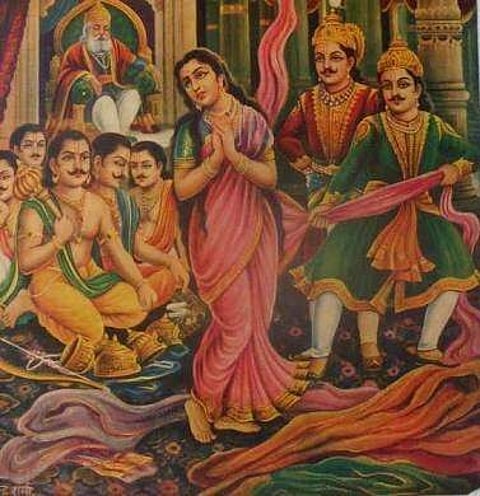
- Home
- Live Blog
- Breaking News
- Top Headlines
- Cities
- NE News
- Sentinel Media
- Sports
- Education
- Jobs

By: Anurag Rudra
I am reading Mamoni Rasiom Goswami's seminal work, Datal Haatir Une Khuwa Howdah, again. Speaking on the fortunes and foibles of Assam's landed aristocracy on the south bank of the Brahmaputra who are caught in the crossroads of time, the book is a powerful evocation of life as the writer herself, perhaps, perceived. At another level, I find the novel a moving paean to one of my most cherished female characters in literature, Giribala. Indeed, I keep going back to the novel, time and again for this simple reason.
Memorable women characters (keeping aside the question of using the 'women' tag) are a plenty, both in western and our vernacular literature, more so in this part of India that is nurtured by the cult of the Mother Goddess.
So while the west (and now, thanks to colonialism, we as well) have their Elizabeth Bennet and Jane Eyre and Scarlett O' Hara and even Hermoine Granger, our repertoire of literature= both vernacular and in the works of Indians now writing with soaring confidence in English- we have our luminaries as well.
From the archetypal figures of the Maharabharata such as Kunti and Draupadi to the fragmented, postmodernist Rahel in Arundhati Roy's The God of Small Things, our literatures are now replete with women figures who are different as well as distinctly spectacular.
In her epoch making treatise, The Second Sex, Simone De Beauvoir postulated on how gender is a social construct, one that is independent of the ascriptive sexual identity of a woman. Women are not born, but made, so to speak. That is, while a woman's sexual identity is biologically (and involunatirly) determined, the construction of her identity in terms of gender is a social process. And one that is more or less independent of the woman's choices.
While an interrogation of theory is not ideally a starting point to speak threadbare about women characters in literature, it is also important. More so, in a postcolonial country like India where our premises and positions are heavily informed by traditional, archetypal power structures in which women are more or less confined to their traditional positions of subjugation.
So while we have women characters like Giribala who suffer and are stoic like Giribala, or the quintessential muse like Sunil Gangopadhyay's Neera, our new breed of writers have given us characters who are liberated- with choice.
To cite another famous literary work, Nobel Prize winning playwright Harold Pinter's The Homecoming, the daughter in law of the family Ruth, who comes home with her Husband Teddy, is involved in a quagmire of a power struggle within the family which sees her staying back with her in laws while her husband and sons leave for America.
Voraciously debated by critics for its exposition of the various facets of gender and sexuality through the character of Ruth, it is a seminal work of literature that stirred the hornet's nest, leaving more questions unanswered than setting things in perspective.
To put things in perspective, the pitfalls of theory are many, more so when we attempt to locate women characters within the binary of socially constructed tropes. Women characters, mirroring their real life counterparts are equally multidimensional, fragmented, embittered, loving, liberated. Human.
Yet, like all great enigmas, the portrayal of women in literature and the arts- and in what form- is ultimately a challenging, ambiguous dilemma- one that has eluded writers-men and perhaps more so, women.
And how eloquently is the problem put, so aptly, by none other than Virgina Woolf who quipped: "Women and fiction remain, so far as I am concerned, unsolved problems".